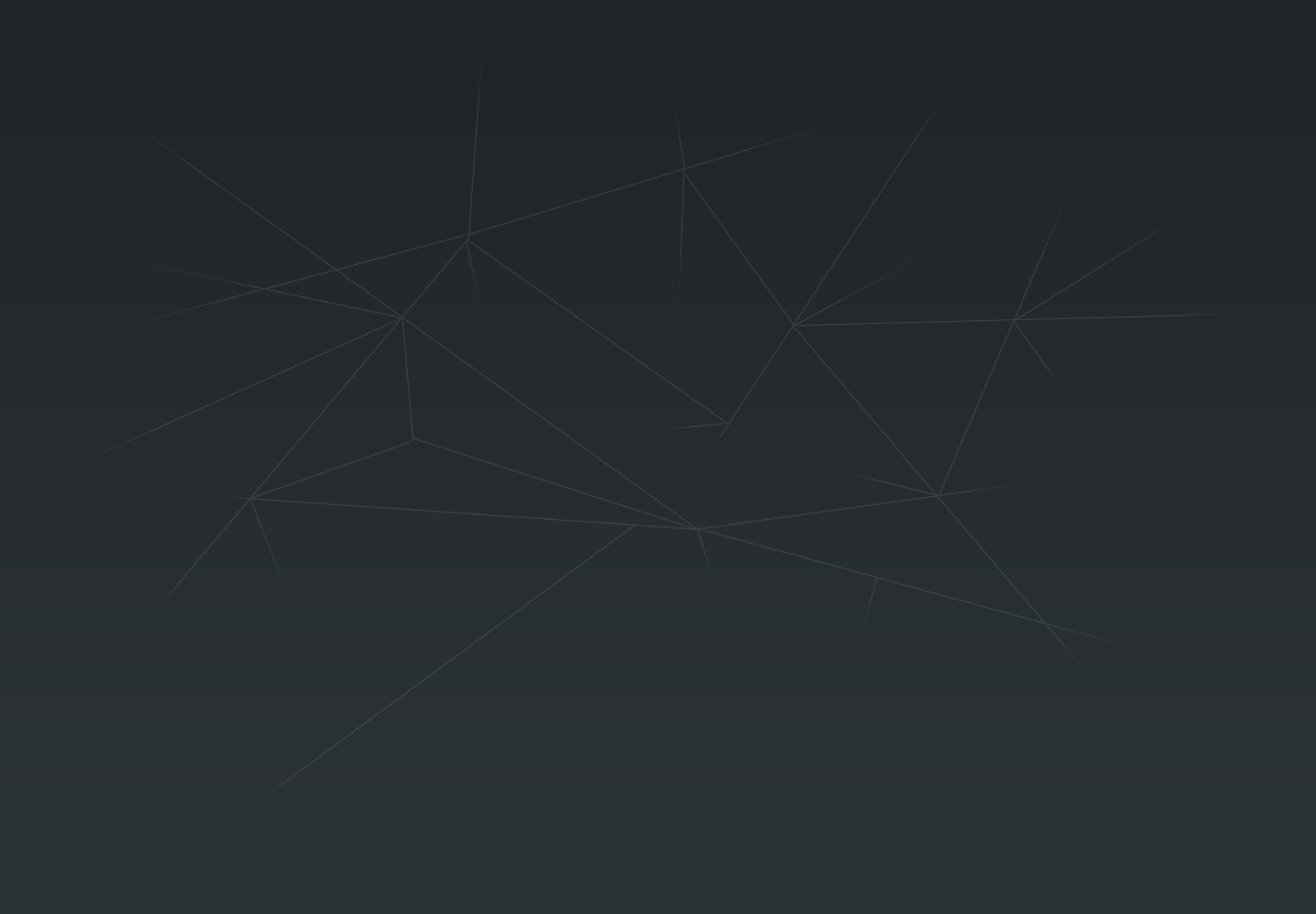
Hanging of a prisoner with a rubber band from his pants. No responsibility of the Russian authorities. The right to life was not violated
JUDGMENT
Kotenok v. Russia 23.03.2021 (app. no. 50636/11 )
SUMMARY
Hanging of a prisoner with the rubber from his pants in his cell. Archieve of his relatives’ lawsuit for his death and rejection of the compensation lawsuit. Allegations that the Russian authorities had not taken all necessary measures to protect the life of their relative and that the investigation carried out after his death were ineffective.
According to the ECtHR, although the police removed the drawstring from his hood, this was not enough. However, removing all the laces and rubber bands from the detainee’s clothes, especially from his underwear, if done, could be considered extremely humiliating and removing the bandage could harm his health. In addition, leaving the detainee unattended for half an hour is not a sign of negligence, unless there is a confirmed risk of suicide. The ECtHR ruled, overall, that the information available to the police at the time of the events did not indicate that there was a definite and immediate risk of suicide. Consequently, the latter were not obliged to take special measures aimed at preventing the realization of such a risk.
The ECtHR also considered the Government’s explanation that the evidence found during the investigation did not raise any doubts to be satisfactory.
The ECtHR found no violation of the substantive and procedural part of the right to life (Article 2 of the ECHR).
PROVISION
Article 2
PRINCIPAL FACTS
The applicants, Galina Kotenok, Irina Kotenok, and Andrey Kotenok, are Russian nationals who were
born in 1965, 1991, and 1988 respectively. They live in Naberezhnye Chelny, Republic of Tatarstan
(Russia).
The case concerned the death of a close relative of the applicants in a police station cell.
In March 2009 V.K., the first applicant’s former husband and father of the other two applicants,
caused a scene at home while in a drunken state. The second applicant called the police, who took
V.K. to the police station, where he was put in a cell for holding administrative offenders. About
half-an-hour later he was found dead on the floor with elastic from his trousers tied around his neck.
The authorities conducted an investigation, which led to a discontinuance decision in March 2011.
They considered that they had no information to suggest that any offences of murder, violence or
incitement to suicide had been committed. The applicants also brought a civil action to claim
compensation for the non-pecuniary damage which they claimed they had sustained. The action was
dismissed in June 2010 as manifestly ill-founded.
Relying in particular on Article 2 (right to life) of the European Convention on Human Rights, the
applicants submitted that the Russian authorities had failed to take all the requisite action to protect
V.K.’s life and that the investigation conducted after his death had been ineffective.
THE DECISION OF THE COURT…
The Court concluded that the police officers did not have sufficient information that could have raised concerns about a real and immediate risk of suicide, a risk that would require increased vigilance on their part towards the detainee. It pointed out that the police had followed in relation to the VK the usual protocol set by decree no. 62, searching and removing the cord from its hood and placing him in a cell.
The applicants complained that the police had shown double negligence. Removing the drawstring from the hood was not enough and it would be necessary to remove the rubber bands from his clothes and underwear, as well as the bandage on his wrist. On the other hand, they accused the police of leaving the detainee unattended for about 30 minutes.
The Court reiterated that the authorities must carry out their duties in a manner compatible with the rights and freedoms of the individual concerned: they must take general measures and precautions to reduce the risk of self-harm while avoiding infringement of individual autonomy. It considered that, in this case, the removal of all the laces and tires from VK’s clothes, especially from his underwear, could be considered extremely humiliating, while the removal of the bandage could be detrimental to his health. In addition, leaving the detainee unattended for half an hour is not a sign of negligence unless there is a confirmed risk of suicide.
The Court did not overlook the fact that the incident related to VK’s suicide led to disciplinary proceedings against the police. At the same time, the criminal investigation concluded that the police officers did not commit any criminal offenses against VK. Similarly, the civil court held that no police negligence had been shown to prevent an unforeseen suicide.
The Court cannot, in its analysis, rely on the document which imposed a disciplinary sanction on the police officers on duty, because that document is not clear as to the reason for the sanction. Especially because the conclusions of the disciplinary investigation were contrary to those of the criminal investigation and the civil decision.
The Court concluded that the information available to the police at the time of the events did not indicate a definite and immediate risk of suicide. Consequently, the latter was not obliged to take specific measures aimed at preventing the realization of such a risk.
Consequently, no violation of Article 2 of the Convention was found in its substance.
Procedural part
The Court noted that the authorities, after discovering VK’s body in the cell in which he had been placed, immediately proceeded to an investigation, taking the necessary measures to collect the evidence. It also noted that the autopsy was performed the day after the tragedy. The ECtHR found that the investigation was conducted fairly quickly.
It also noted that the investigation was independent. Indeed, the investigators belonged to the Commission of Inquiry, a legal entity independent of the police.
Regarding the participation in the investigation of the family of the deceased, the Court noted that it participated in the procedure. Indeed, following the complaints of the family, the prosecutor repeatedly ordered additional inquiries to respond to the applicants’ observations and proposals.
The Court considered that the investigation was thorough enough to the extent that the competent authority explained the cause of death – suicide by hanging – as well as the origin of the bodily injuries other than those related to the hanging. Indeed, the investigation explained that they came from the resistance to police officer G. at the time of his arrest and from the fall of the corpse to the ground after the hanging. For its part, the applicants, who limited themselves to challenging the conduct of the investigation, made no other credible allegation. On the contrary, before the Court, they insisted on the version shown by the investigation, suicide by hanging. In addition, the applicants relied on the recording of CCTV cameras in the police station. This video showed minute by minute the actions of VK during his short stay at the police station. If he had been abused, this would have been captured by the cameras.
In addition, faced with the refusal of the head of the investigation department, who expressed in his letter of 11 March 2011, an order for a further investigation, the applicants did not challenge that decision. The Court thus concluded that the investigation was thorough.
In addition, the ECtHR found no evidence in the case-file that the investigation carried out in this case did not meet the conditions laid down in its case-law.
No violation of Article 2


